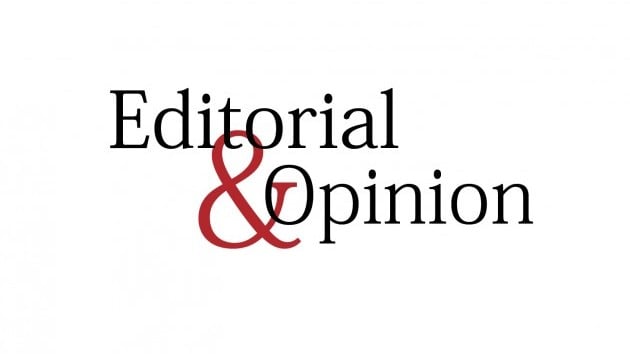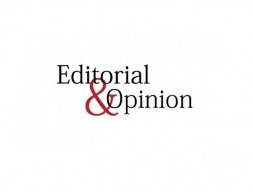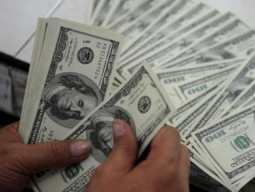
The World Bank and the International Monetary Fund have both warned that Pakistan is in a precarious economic situation. The latest growth estimates by the two international lenders, meanwhile, remain significantly lower than those offered by the government of Imran Khan, and inflation is expected to remain in double digits for the rest of this year as well as the coming one.
These numbers could even get worse: the World Bank estimates assume that the Ukraine war will remain confined to the country, sanctions on Russia do not extend to its energy sector, and the world will begin to put the Covid-19 pandemic in the past. A change in any of these could further slow global growth and have knock-on effects on the already fragile economy of Pakistan.
The World Bank’s Pakistan Development Update also notes that more than one-third of Pakistanis live below its $3.20 per day poverty line for lower-middle-income countries, which is a little under Rs600. People below this line spend about half their incomes on food alone. The report also threw cold water on the PTI government’s whataboutism on inflation, noting that Pakistan had the highest rate across the South Asia region. Political instability was cited for delaying the implementation of key reforms, but the reports also referred to the PTI government’s populist decisions, including subsidising electricity and fuel prices, when they brought up the rising budget deficit and national debt.
The World Bank report suggests that the Government of Shehbaz Sharif needs to contain the fiscal deficit to ensure debt sustainability, better coordinate fiscal and monetary policy, and retain exchange rate flexibility. That last suggestion will be especially difficult, considering the free fall that the rupee is undergoing against the dollar in recent months. It is pertinent to mention here that the PML-N, during their previous stint in government, had pursued a fixed exchange rate regime to keep the rise of the dollar in check. The other goals could be met through effective tax reforms, but we have all seen how those went in the past, regardless of who was in power.
Meanwhile, the IMF’s World Economic Outlook contains some seriously concerning projections for employment. While not Pakistan-specific, it forecasts that employment and output will remain below pre-pandemic levels through 2026, with a more pronounced impact in developing economies, such as Pakistan. The IMF report also notes that several economic indicators, although moving in the right direction, are expected to underperform.
Both reports contain a fair number of suggestions on how to bring the economy on the right track, but implementation, especially given the coalition government’s fragility and the threat of economic losses due to possible opposition protests, makes following through difficult, if not impossible. Who really expects the government to slash subsidies, hike taxes, cut imports, boost investment and exports, and create jobs when it is already struggling to hold itself together? Even if the government goes through with most of the reforms, there might not be enough time for them to take effect before elections — whether early or on schedule — lead to a new government taking over.
Published in The Express Tribune, April 25th, 2022.
Like Opinion & Editorial on Facebook, follow @ETOpEd on Twitter to receive all updates on all our daily pieces.


1737706680-1/emilia-perez-(2)1737706680-1-165x106.webp)

1736235029-0/diddy-(50)1736235029-0-165x106.webp)
















COMMENTS (1)
Comments are moderated and generally will be posted if they are on-topic and not abusive.
For more information, please see our Comments FAQ